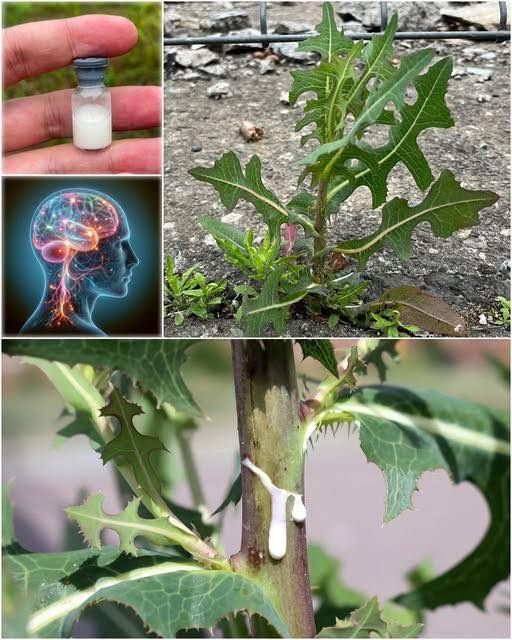Most people don’t know that this plant, which grows everywhere, has a sap that’s as expensive as silver… 💬👀
**The Guide to Collecting Fig Sap 🌱✨**
Fig sap, or “fig milk,” is more than just a unique tree product. For centuries, it’s been used in traditional remedies, gardening, and even culinary applications! But before you start harvesting, here’s what you need to know:
🛑 **Safety First!**
Fig sap contains latex, which can irritate the skin and eyes. Always wear **gloves** and **protective eyewear** to avoid allergic reactions or rashes. Better safe than sorry!
🌳 **When to Harvest**
Late spring to early autumn is the best time to collect sap when the tree is active. Don’t attempt in winter – the sap flow will be too slow.
🧰 **Tools You’ll Need**
– **Gardening gloves** and **protective eyewear** (for safety)
– **Sharp knife** or small cutting tool
– **Collection container** (like a glass jar or plastic bowl)
**Step-by-Step Guide:**
1. **Prepare Tools**: Clean and sterilize your cutting tools to avoid contamination.
2. **Pick a Healthy Tree**: Choose a mature, healthy fig tree with no signs of damage.
3. **Make a Small Cut**: Carefully make a shallow incision to allow sap to flow out. Keep it small to minimize harm.
4. **Collect the Sap**: Place your container underneath and wait for the sap to drip in. It might take a while, so be patient.
5. **Seal the Cut**: Use a natural tree sealant (or mud/clay) to cover the incision and protect the tree.







Post Comment